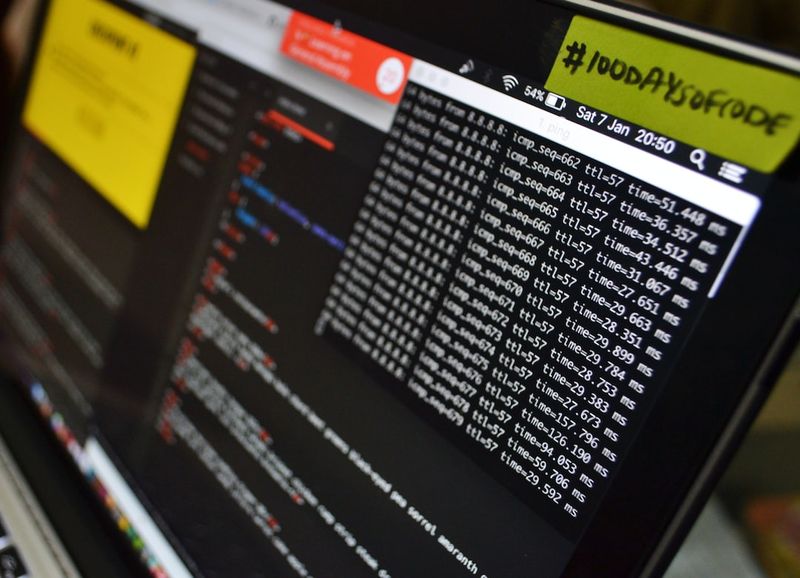Malicious HTML Attachments Dominate Cybersecurity Threats
The cybersecurity industry has long warned about the dangers of HTML attachments, and recent data highlights that these continue to pose a huge threat to organizations worldwide. According to the Barracuda cybersecurity team, over 45% of all HTML attachments scanned in March 2023 were found to be malicious, illustrating the increased use of HTML files by cybercriminals for phishing and credential theft schemes.
The Legitimate Use of HTML
HTML or Hypertext Markup Language is a widely-used coding language to create and structure content for online display. It is also commonly used for sending automated reports, newsletters, and marketing materials in email communication. Users may receive these reports in HTML format as email attachments with file extensions like .html, .htm, or .xhtml. Users are less likely to be suspicious of these files if they appear to be from known and trusted brands.
The Malicious Use of HTML
Cyber attackers can leverage HTML attachments for phishing schemes and credential theft. They use well-crafted messages, compromised websites, and malicious HTML attachments to trick unsuspecting users. Cybercriminals usually conceal their malicious intentions behind HTML files, which contain potent scripts and executables. Users who open these files are redirected via JavaScript libraries and taken to phishing or malicious websites controlled by attackers. They are then asked to enter their credentials or download a file containing malware. In some cases, the HTML file itself contains malware, including the complete malicious payload.
Recent Examples of Malicious HTML Attachments
Phishing emails that appear to look like Microsoft logins have been popular for years, but attackers’ continued and widespread use in attacks proves that they remain successful in trapping victims. The total number of malicious HTML detections reveals that the growing volume of malicious files detected is not the result of a limited number of mass attacks, but the result of many different attacks, each using specially crafted files.
Protection Against Malicious HTML-Based Attacks
Effectively countering malicious HTML-based attacks should take into account the whole email carrying HTML attachments, analyzing all redirects and email content for malicious intent. Essential measures for protection include:
- Email protection – ensure effective email protection to identify and block malicious HTML attachments. The best solutions use machine learning and static code analysis to evaluate the content, not only attachments.
- User education and awareness – train individuals to recognize and report malicious HTML attachments. Be wary of all HTML attachments, especially if they come from unknown sources. Never share login credentials with anyone.
- Robust authentication and access controls – consider MFA and Zero Trust Access measures to enhance security. Zero Trust solutions dynamically monitor multiple parameters, making it almost impossible for attackers to compromise networks using stolen credentials.
- Post-delivery remediation – use automated incident response to identify and remove malicious emails to prevent further attacks. Account takeover protection can monitor and alert suspicious account activities if login credentials are compromised.
HTML Attachments Continue to Dominate the List of File Types Used for Malicious Purposes
Recent data has revealed that HTML attachments remain the file type most likely to be used for malicious purposes. Despite warnings from cybersecurity experts, malicious HTML attacks continue to exploit vulnerabilities, requiring individuals and organizations to stay vigilant and ensure the necessary security measures are in place to protect against these risks.

<< photo by Firosnv. Photography >>
You might want to read !
- “Data Held Hostage: Western Digital Customers Fall Prey to Ransomware Attack”
- “Human Error: Cyber Incidents Spike with 1.5x Increase in Daily Cases”
- “Collaboration and Cybercrime: RapperBot Crew Teams Up for DDoS/Cryptojacking Botnet”
- InsightCyber Unveils Global Platform for Critical Infrastructure Cybersecurity
- “PrivateGPT: An AI Solution for Secure Chatting in ChatGPT Platform”
- “Breaking down the silos: The benefits of a unified platform for XDR and SIEM capabilities”
- FTX Collapse: An Identity Crisis at the Root




